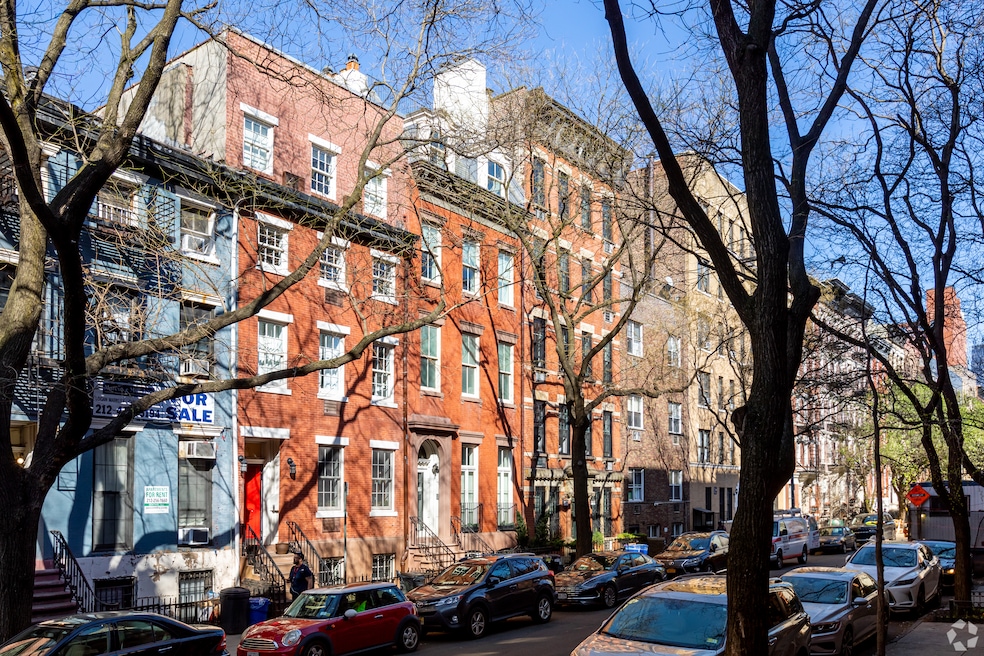More people are moving to metropolitan areas in the United States — including cities that saw their populations decline during the COVID-19 pandemic.
Between 2023 and 2024, population growth in U.S. metropolitan areas was faster than in the previous year, and it outpaced growth on a national scale, according to data the U.S. Census Bureau released Thursday.
That growth was more spread out between 2023 and 2024, too, with nearly 90% of designated metropolitans reporting an increase in population, the data indicated.
It’s a shift from a few years ago when many cities and their surrounding areas were losing residents. Instead, this year’s data suggested that some major cities that saw population declines in 2020 and 2021 had reversed course.
In the area that includes New York City, for example, there was a decrease of 305,465 residents between 2020 and 2021, according to Census data. But this year, that area topped the list for the largest population growth, with more than 213,000 new residents.
Similarly, the Washington-Arlington-Alexandria, DC-VA-MD-WV, metropolitan area gained more than 90,000 residents between 2023 and 2024, reversing a trend of declines in previous years.
International migration drives population growth
The recent growth isn’t necessarily because residents are moving back to metropolitans, though. Instead, it is attributed to international migration, according to Kristie Wilder, a demographer in the bureau’s population division.
In fact, according to the data, of the roughly 3.2 million people who added to metropolitan populations last year, about 2.7 million were international migrants.
“Increasingly, population growth in metro areas is being shaped by international migration,” Wilder said in a statement. “While births continue to contribute to overall growth, rising net international migration is offsetting the ongoing net domestic outmigration we see in many of these areas.”
The recent uptick in immigration could have implications for the housing market, some experts have argued.
Last year, in its annual housing report, the Harvard Joint Center for Housing Studies argued that "recently arrived immigrants are already influencing housing demand and household growth."
Researchers warned that "the full impact on the housing markets of recently arrived immigrants has not yet been realized," especially as supply is already strained.


